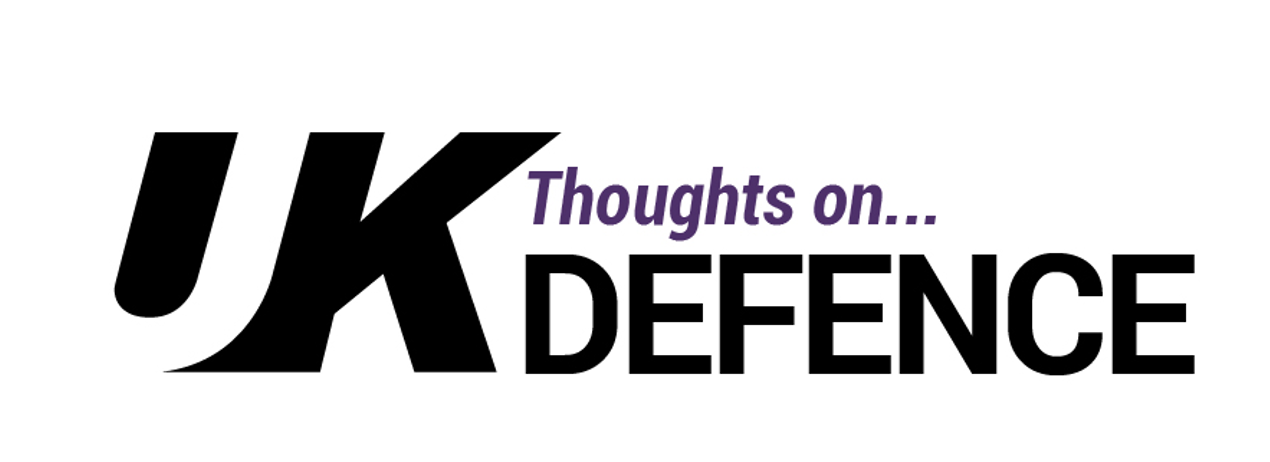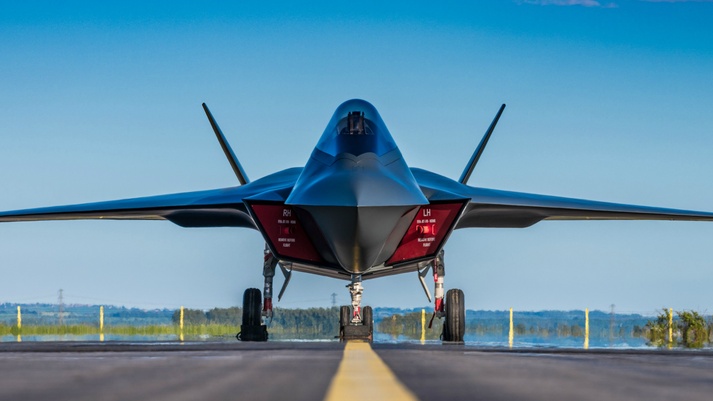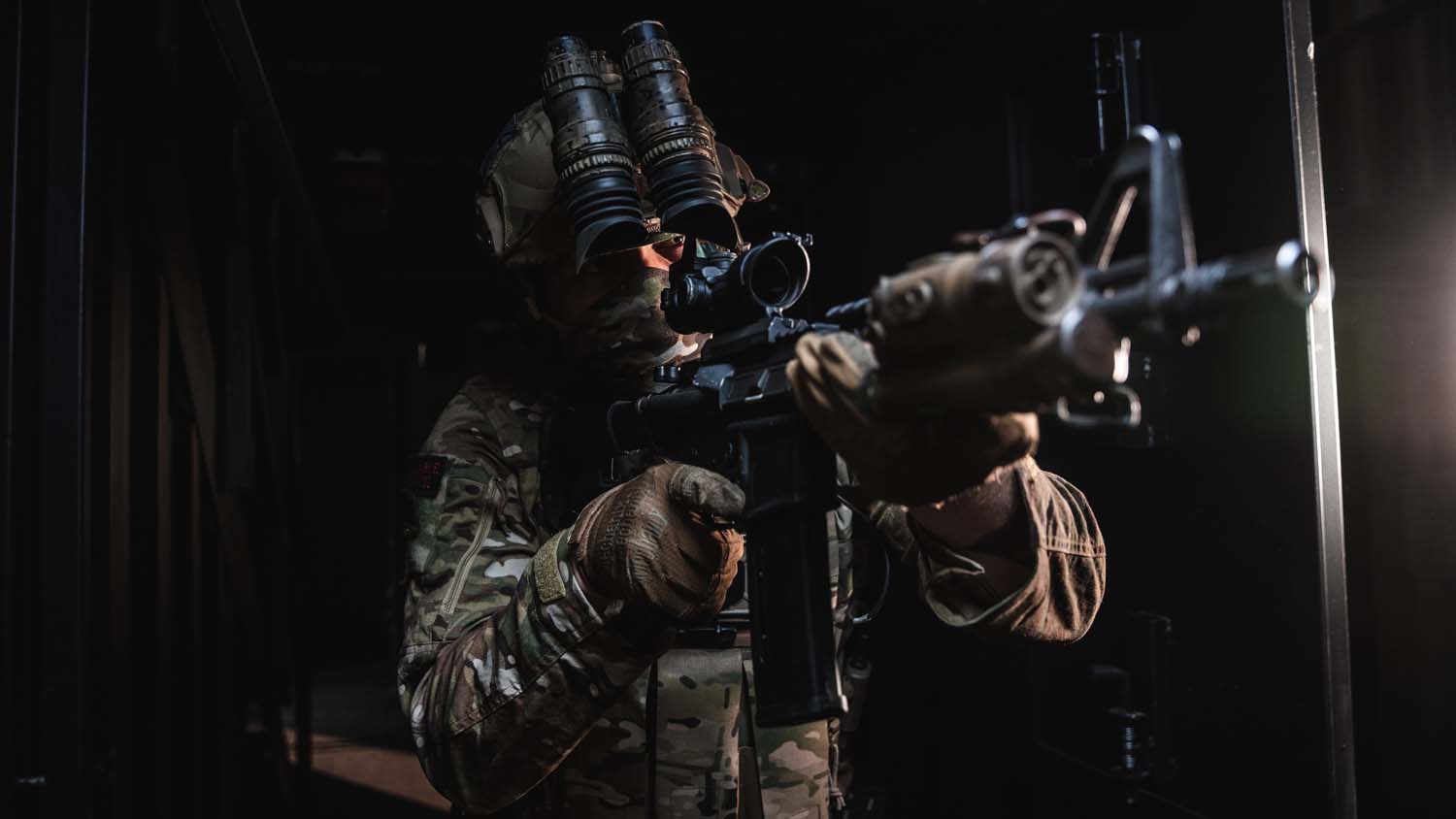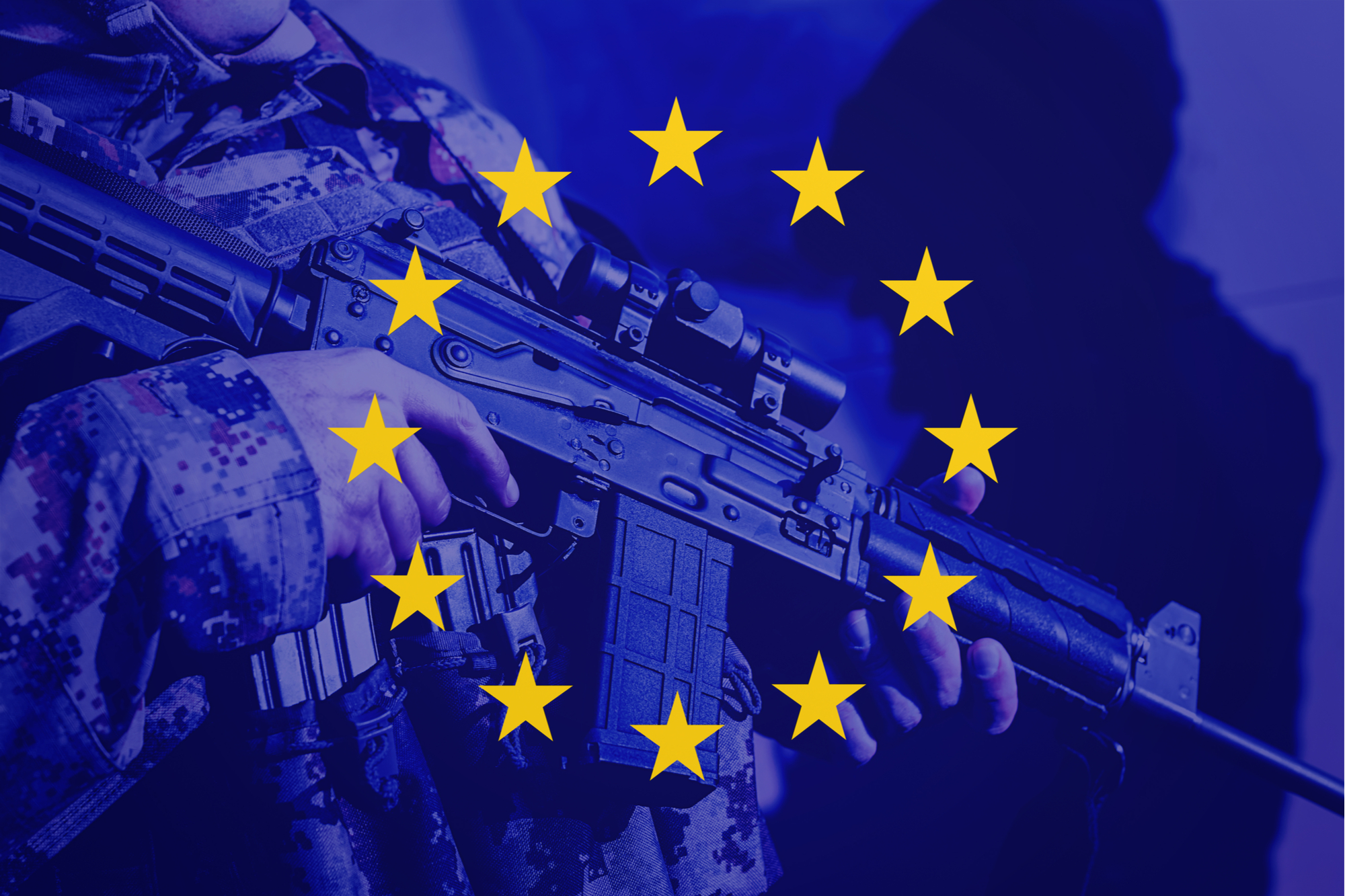As @onUKDefence has previously pointed out , the government’s integrated review into security, defence, development, and foreign policy is not proving easy. One of the problems it faces is the impact of the changing character of warfare.
Character versus Nature of Warfare
From the outset, it is important to differentiate between the character of warfare and the nature of warfare. As Russian theorist Pavel Kazarin explained, the nature of war refers to the properties or traits that war has, and the character refers to its content. Although there is currently some academic debate about whether the nature of war is changing, for example Oscar Jonsson’s investigation into The Russian Understanding of War, the widely held view among military scholars is that war’s brutal and visceral properties are enduring.
What changes, therefore, is the character of warfare, and here Azar Gat, a military historian, argues that war is entering a new era, significantly different from what we have known in the past. Moreover, he asserts that “such a feeling of transformation in war has occurred every generation or two over the past two centuries …”. Gat attributes the three broad, and interrelated historical processes of modernisation, democratisation and technological innovation as the drivers for change.
The key point here is that the changing character of warfare is not new. Industrialisation during the French Revolutionary Wars, mechanisation during the First World War, and nuclearisation during the Cold War are all examples that can be learned from. Although the pace of change today may sometimes seem unrelenting, the UK’s approach to the problem must remain measured and consistent. It should begin with a rational examination of how technology is impacting its potential adversaries’ approach to warfare (both state and non-state actors).
Why is the Character of War Changing?
There have been myriad academic examinations into how countries like Russia, China and Iran, as well as terrorist organisations like Daesh and Hezbollah have embraced new technologies and found new ways of operating to negate the military superiority enjoyed by the West in general, and the United States in particular, over the last two decades. The defence and security lexicon is now full of associated new terminology, for example, ‘hybrid warfare’, ‘the grey zone’, and ‘competition below the threshold of war’. Whatever language you choose, as David Kilcullen explained in his book The Dragons and the Snakes, the changing character of warfare is being driven by the United States’ adversaries, both actual and potential, searching for and implementing asymmetrical ways to defeat it, now and in the future.
These new capabilities and ways of working are being tested and perfected today, not only on the battlegrounds of Ukraine, Syria and Libya, but also in cyberspace and on social media. An excellent insight into how social media is reshaping conflict in the 21st century is David Patrikarakos’ book War in 140 Characters. Russia’s embracing of anti-access, area denial (A2AD) systems, and China’s investment in anti-ship ballistic missile technology (e.g. the DF-21D) are just two examples of new capability that has been specifically developed to exploit perceived weaknesses in the current Western military modus operandi.
How the UK should react during the Integrated Review
At a weapons system level, there exists a near perpetual, technology-driven action and reaction cycle – improvement in anti-tank missiles begets better armour-plating and so on. The same principle holds good when considering change in the character of war, albeit up until now its cycle has traditionally been more ponderous. The West’s potential adversaries are exploiting the latest technology, together with cutting-edge tactics and adaptability, to, in their eyes, level the playing field. The UK must now react to that.
One of the biggest mistakes of the last SDSR was its target force structure, Joint Force 25, was a programmatic headmark and not a conceptual headmark. That is to say, the SDSR created a task organisation for a new joint force but created no direction on how the force elements contained therein should actually fight. In the same way as potential adversaries have studied the West and reacted, the West must now do the same. The key questions the Integrated Review should ask are: 1) what is the totality of the new capabilities that are being deployed against the UK (from continuous cyber-attacks and information warfare through to the Chinese Chengdu J-20 fifth generation fighter aircraft and the Russian T-14 Armata main battle tank)?; 2) how does the UK defeat them; and 3) with what?
The answer to question two should have been the key driver of the UK armed forces’ new integrated operating concept revealed by the Chief of Defence Staff, General Sir Nick Carter, at the Policy Exchange on 30th September.
The answer to question three should identify the force structure, together with the associated military capability, required to do that.
Conclusion
There is no doubt that the changing character of warfare is occupying the minds of those responsible for the Integrated Review. In the current resource-constrained environment, it is inevitable that the requirements generated from the exercise outlined above will be beyond the reach of a realistic defence budget. It is incumbent, therefore, on the government to set its priorities, take the difficult choices and accept the associated risk. Because, as @onUKDefence regularly argues, that is how you make and undertake strategy.






